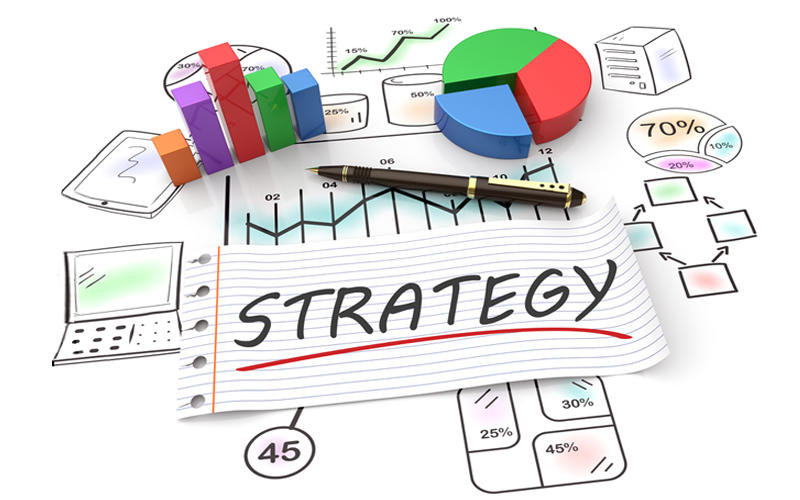Strategy
Prepare for the future—or you won’t be in it.
Strategy
Develop specific objectives and measurable goals
Identify and consider innovative ideas
Decide on the actions your organization
Monitor your progress and adapt
Strategy - Interactive Module
Your Turn - Answer Your Organizations Key Questions
Strategy is more than a project or marketing plan.
It must cover all major aspects of the organization; don’t narrow your vision to just projects or timelines.
Your objectives, goals, and actions to achieve them.

Your strategy should be a clear guide for where your organization needs to go and how it intends to get there. It is a framework that guides operational decisions for everyone in the organization.

Develop specific objectives and measurable goals to move your organization toward its vision.
- No organization has the resources to address everything at once. Prioritize your objectives and focus on the vital few.
- Long-term objectives (multi-year) should include short-term goals and actions to ensure that progress is being made.
- Develop regular, repeatable activities (a process) for creating, evaluating, and updating your strategy.
- As appropriate, involve people who will affect or be affected by your strategy, such as your workforce, suppliers, distributors, partners, and customers.
- Once the strategy is developed, communicate it to your workforce and key stakeholders (such as customers, suppliers, and partners).

Ensure that these objectives and goals address important challenges and opportunities.


Identify and consider innovative ideas—those that are new or different from what you have done in the past.
Encourage outside-the-box thinking to make meaningful change and create breakthrough improvement in your processes, products, or organization’s business model.
Decide on the actions your organization must take to reach its objectives.
- Involve your workforce and appropriate stakeholders in developing and implementing specific, time-limited actions.
- Make sure you have the resources (e.g., financial resources, workforce, organizational structure) to carry out these actions.
Monitor your progress and adapt if needed.
Stay flexible. Circumstances or opportunities may require rapid change.
Interactive Module

Strategy
Online self-paced learning for each of the fundamental areas of the Foundations for a Successful Business.
Role-Model Best Practices
The Charter School of San Diego (CSSD)
Baldrige Award Recipient
Action plans that support the school’s strategic goals and initiatives cascade to departments and individual employees through a scorecard system known as the Organizational Performance Measure Review (OPMR). Instructional staff scorecards include individualized targets for student achievement that are aligned to the school’s action plans. Progress is reviewed as part of the OPMR and SPP. These integrated processes ensure organizational alignment with strategic aims.
Role-model best practice are from award application at time of award.
Learn more role-model best practices from Baldrige Award recipients in all sectors.
Contacts
-
Baldrige Customer Service(301) 975-2036NIST/BPEP
100 Bureau Drive, M/S 1020
Gaithersburg, MD 20899-1020

